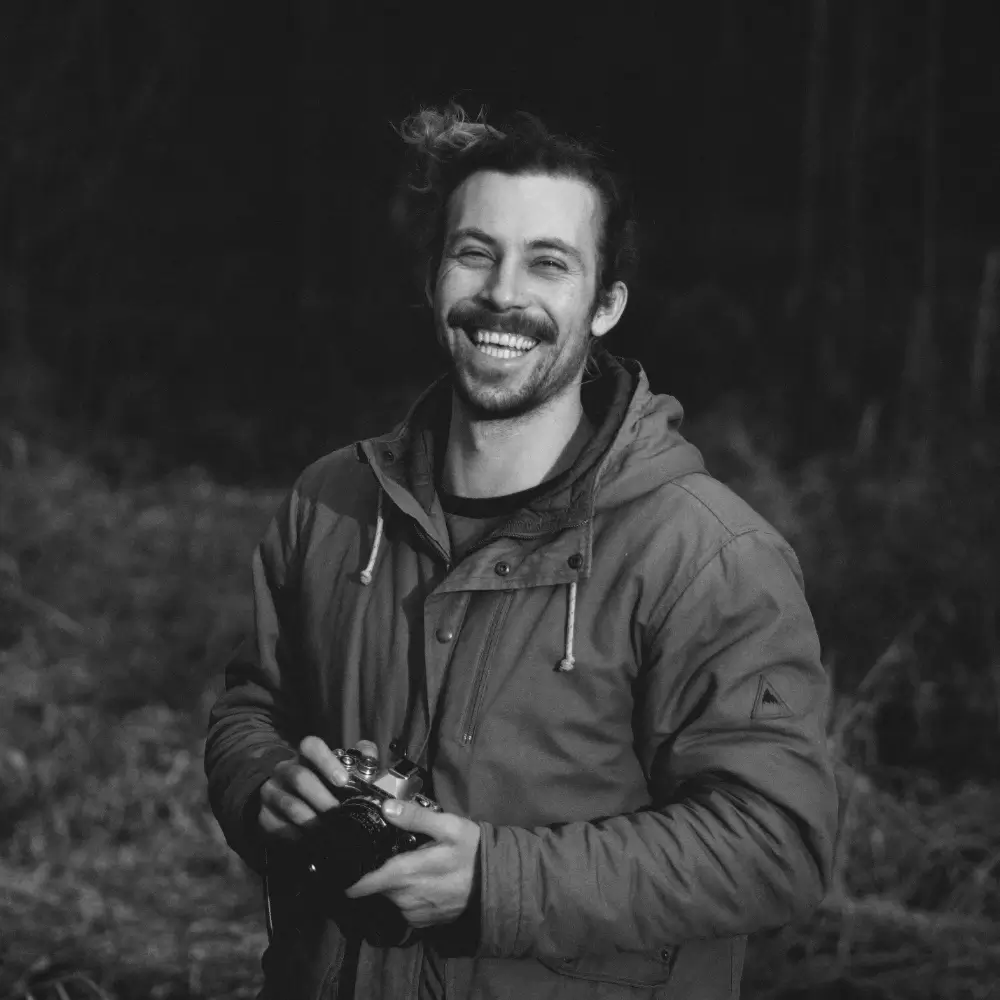Thaddäus Biberauer, known as hozzography, is a photographer from a small town in the Austrian countryside. Since 2019, he has pursued a passion for capturing the extraordinary in the ordinary, creating images that evoke emotion and mood. His work spans serene forests, rushing rivers, flower-filled meadows, expansive coastlines, and vibrant cityscapes, blending reality with surrealism to craft a dreamlike atmosphere.
Guided by a desire to create feeling rather than document reality, Thaddäus’s photography transforms fleeting moments into visual poetry, inviting viewers to reflect and connect with the beauty of the world.
Statement
Photography is just wonderful!
It gives me the freedom to do whatever I want without anyone interfering
